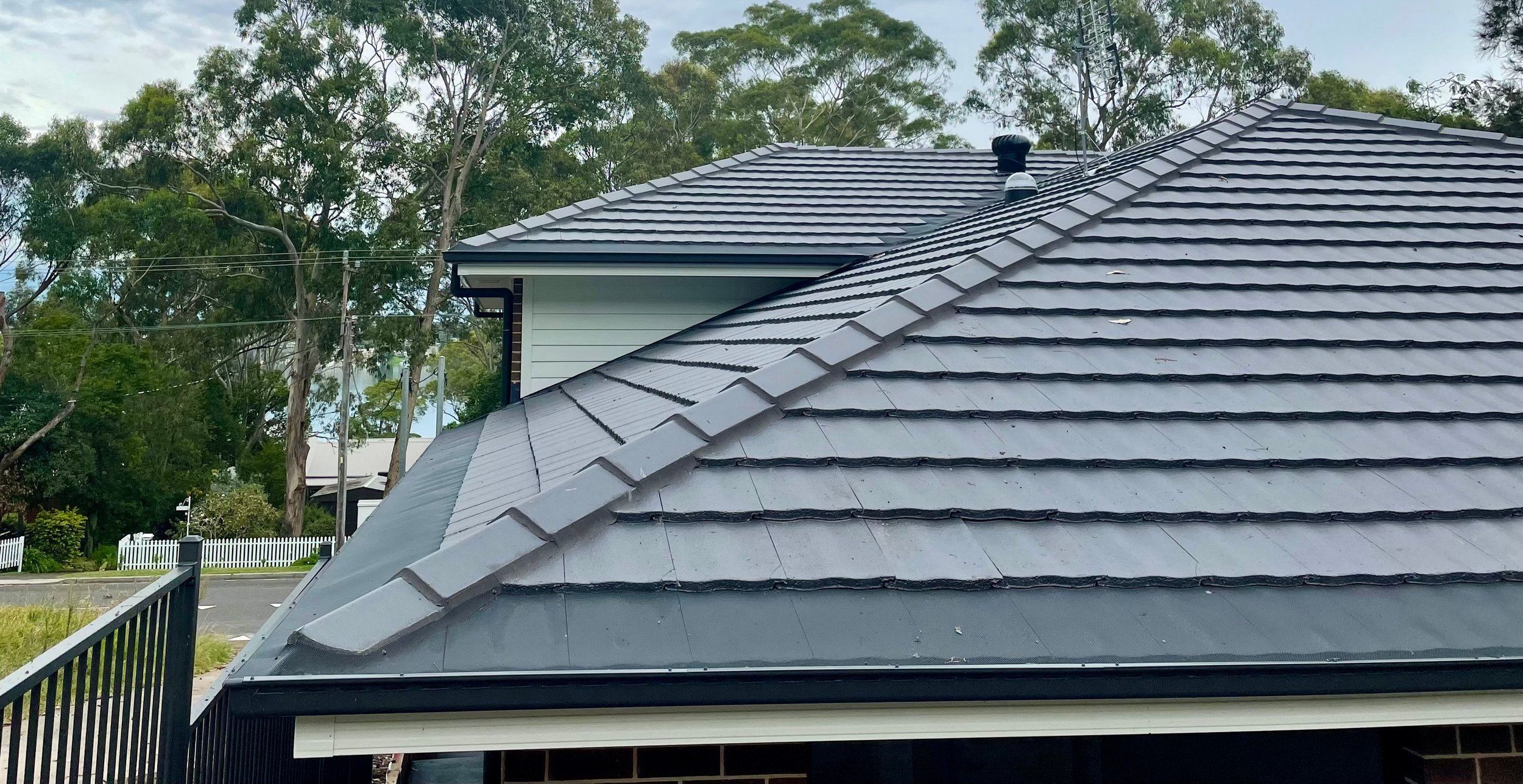Gutter Guard Installation
Gutter Guard Installation: Protect Your Home from Clogs and Water Damage
Gutters are an essential part of any home's exterior, responsible for redirecting rainwater away from your roof and foundation. However, they can quickly become clogged with leaves, debris, and other outdoor elements, leading to water damage, mold growth, and a whole host of other problems.
That's where gutter guards come in. These protective covers sit on top of your gutters, preventing leaves, twigs, and other debris from getting inside and causing blockages. But how do you know if gutter guards are right for your home, and what do you need to consider when choosing a product and installing it?
Here are some essential things to keep in mind when it comes to gutter guard installation:
Types of Gutter Guards
There are several types of gutter guards available on the market, each with its own set of benefits and drawbacks. Here are some of the most common types:
Mesh Gutter Guards: These guards are made of a fine mesh material that allows water to flow freely through while blocking out debris. They are easy to install and are suitable for most types of gutters.
Reverse Curve Gutter Guards: These guards use a curved design to direct water into the gutter while keeping debris out. They are more expensive than mesh guards but offer better protection against clogs.
Foam Gutter Guards: These guards are made of foam that fits inside your gutter, blocking debris while allowing water to flow through. They are affordable but may need to be replaced more frequently than other types.
Surface Tension Gutter Guards: These guards are made of a solid piece of metal that sits on top of your gutter, using the surface tension of water to direct it into the gutter while keeping debris out. They are the most expensive option but offer the most protection.
Installation Considerations
When it comes to installing gutter guards, there are several factors to consider, including the type of guard you choose, the size and shape of your gutters, and the layout of your roof. Here are some essential things to keep in mind:
Choose the Right Type: Consider the type of gutter guard that will work best for your home based on the types of debris in your area and your budget.
Measure Carefully: Make sure to measure your gutters carefully to ensure that you purchase the correct size and shape of the gutter guard.
Properly Install: Follow the manufacturer's instructions carefully to ensure that the gutter guard is installed correctly and securely.
Regular Maintenance: While gutter guards can reduce the frequency of cleaning, they are not entirely maintenance-free. Check them regularly to make sure they are working correctly and remove any debris that accumulates on top.
In conclusion, gutter guards can be an excellent investment for your home, helping you avoid the hassle and expense of clogged gutters and water damage. By choosing the right type of guard and properly installing and maintaining it, you can keep your home protected for years to come.

